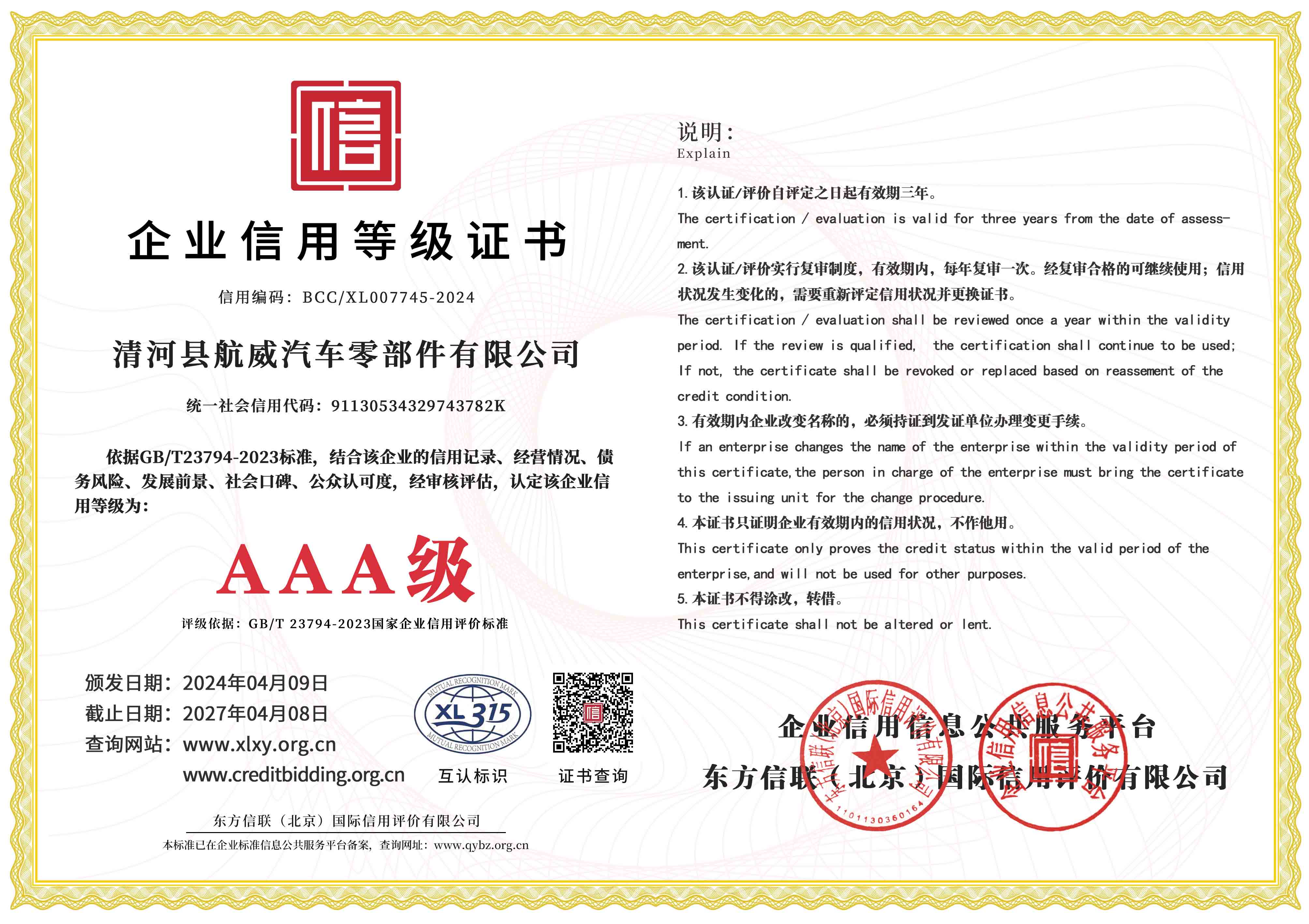Adjusting the Throttle Cable for Optimal Performance and Control Techniques
Understanding Locking the Throttle Cable Ensuring Safety and Performance
Throttle cables play a pivotal role in the operation of an engine, acting as the vital link between the accelerator and the engine's throttle. For many vehicle owners and enthusiasts, understanding how to properly lock and adjust the throttle cable is not just about performance; it’s about safety. This article delves into the importance of locking the throttle cable, how to do it correctly, and the potential issues that can arise from improper handling.
What is a Throttle Cable?
The throttle cable is a mechanical connection that allows the driver to control the engine’s power output. When a driver presses the accelerator pedal, the throttle cable transmits this action to the engine, effectively regulating air intake and, consequently, the engine's performance. In many vehicles, especially older models, this cable is used directly, while in newer cars, electronic throttle control is more common.
Importance of Locking the Throttle Cable
Properly locking the throttle cable ensures that it maintains the appropriate tension and alignment. A loose or improperly adjusted throttle cable can lead to a host of issues including unresponsive acceleration, erratic engine behavior, and even dangerous situations if the throttle sticks open. The locking mechanism is particularly crucial in high-performance vehicles where precision and responsiveness are required.
How to Lock the Throttle Cable
1. Locate the Throttle Cable Typically, the throttle cable is found connected to the accelerator pedal and the throttle body. Ensure you have a clear understanding of its routing. 2. Inspect for Wear Before locking the cable, inspect it for any signs of wear or damage. A frayed or broken cable can lead to catastrophic failure.
locking throttle cable

3. Adjust Tension If your throttle cable is adjustable, you should set the tension correctly. This is often accomplished through a set of adjustment nuts found near the throttle body or pedal assembly. Ensure there’s a slight amount of slack when the pedal is not depressed.
4. Lock the Cable Once the tension is appropriately set, engage the locking mechanism. This is usually done by securing the adjustment nuts tightly to prevent any movement during operation. If your vehicle has a locking cam or lever, ensure that it is engaged correctly.
5. Test the Operation Before hitting the road, test the throttle response by pressing the accelerator pedal. There should be a smooth, immediate reaction from the engine. If the throttle is unresponsive or slow to react, revisit the adjustment process.
Potential Issues from Improper Locking
Failing to properly lock the throttle cable can result in several serious issues
- Sticking Throttle If the cable is too tight, it may not return to its idle position, causing the engine to rev beyond the intended speed. - Accidental Acceleration In the worst-case scenario, a loose throttle cable can lead to unintended acceleration, posing a serious risk to the driver and others on the road. - Engine Damage Erratic throttle behavior can lead to engine stress and potential long-term damage, particularly in high-performance applications where precision is crucial.
Conclusion
Locking and adjusting the throttle cable is an essential maintenance task for any vehicle owner who values both performance and safety. A properly maintained throttle cable enhances vehicle responsiveness, ensures safe operation, and prolongs the life of your engine. Regular inspections and adjustments can help prevent issues that could lead to dangerous situations on the road. Whether you are a DIY enthusiast or rely on professionals, understanding the throttle cable's role and maintenance will contribute significantly to a smoother driving experience.
-
Workings of Clutch Pipe and Hose SystemsNewsJun.04,2025
-
The Inner Workings of Hand Brake Cable SystemsNewsJun.04,2025
-
The Secrets of Throttle and Accelerator CablesNewsJun.04,2025
-
The Hidden Lifeline of Your Transmission Gear Shift CablesNewsJun.04,2025
-
Demystifying Gear Cables and Shift LinkagesNewsJun.04,2025
-
Decoding Clutch Line Systems A Comprehensive GuideNewsJun.04,2025
